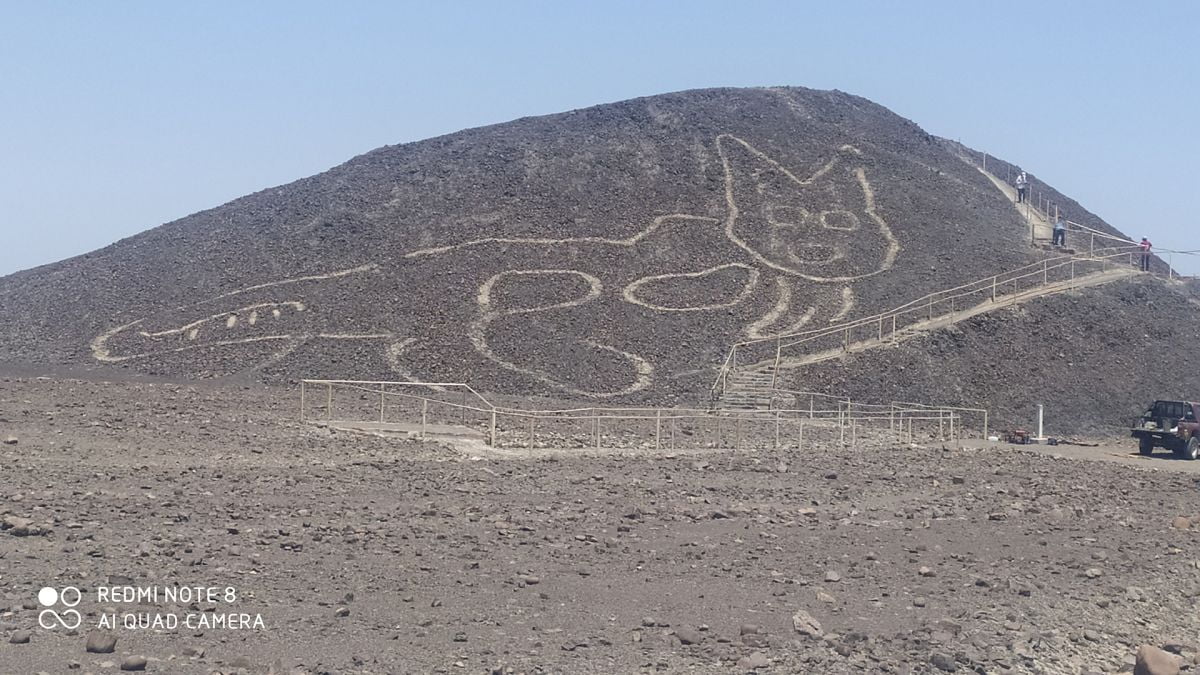UNESCO World Heritage Site in Peru: Giant Cat Drawing found
The Peruvian archaeologists have uncovered a 37 metre long cat on the famous Nazca lines of Peru. It is a world known UNESCO Heritage site.
Key highlights
The Nazca lines consists of hundreds of gigantic geoglyph that date back more than 2000 years. The newly discovered cat Geoglyph is older than the ones discovered earlier. The cat figure was 37 metres long and date from the Paracas Era 500 BC to 200 AD.
The Geoglyphs in the region are still intact mainly due to the dry climate of the region.
Nazca lines
These lines are a group of Geoglyphs that are made on the ground using elements of landscape such as gravel, stones dirt or lumber. The Other figures discovered were Pelican, monkey, hummingbirds, andean Condor and spiders. Apart from these figures there are also the Trapezoids, Triangles, spirals.
The lines were discovered in 1927 and the site was declared the UNESCO Heritage site in 1994.
Nazca plate
The Nazca plate is named after the Nazca region. The movement of this plate causes several volcanic eruptions in the South American region.
The plate has special significance as it is one of the fastest moving tectonic plates on the earth. It moves at a rate of 3.7 cm per year. The Andes mountain range is volcanic because of the subduction of Nazca plate.
The Nazca plate subducts South American tectonic plate. The 2010 Chile earthquake was because of Thrust faulting focal mechanism caused by the subduction of Nazca plate beneath the South American tectonic plates.
The thrust fault is a break in the earth crust through which the older rocks or pushed above the younger rocks.
Paracas Culture
The Geoglyphs in Peru belongs to the Paracas culture. It approximately belongs to the period between 800 BCE and 100 BCE. The culture is known for its extensive knowledge of water management and irrigation. The people of Paracas era mummified the dead. The dry climate of the region was the main reason for the mummified remains to stay intact even after these many years. The region has a dry climate due to the Peruvian Ocean Current.
Peruvian Ocean Current
It is also called Humboldt Current. The current flows along the Western coast of South America. It extends from Southern Chile to Northern Peru. The current diminishes the temperature and prevents rain keeping the region dry.
Month: Current Affairs - October, 2020


